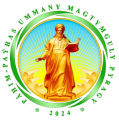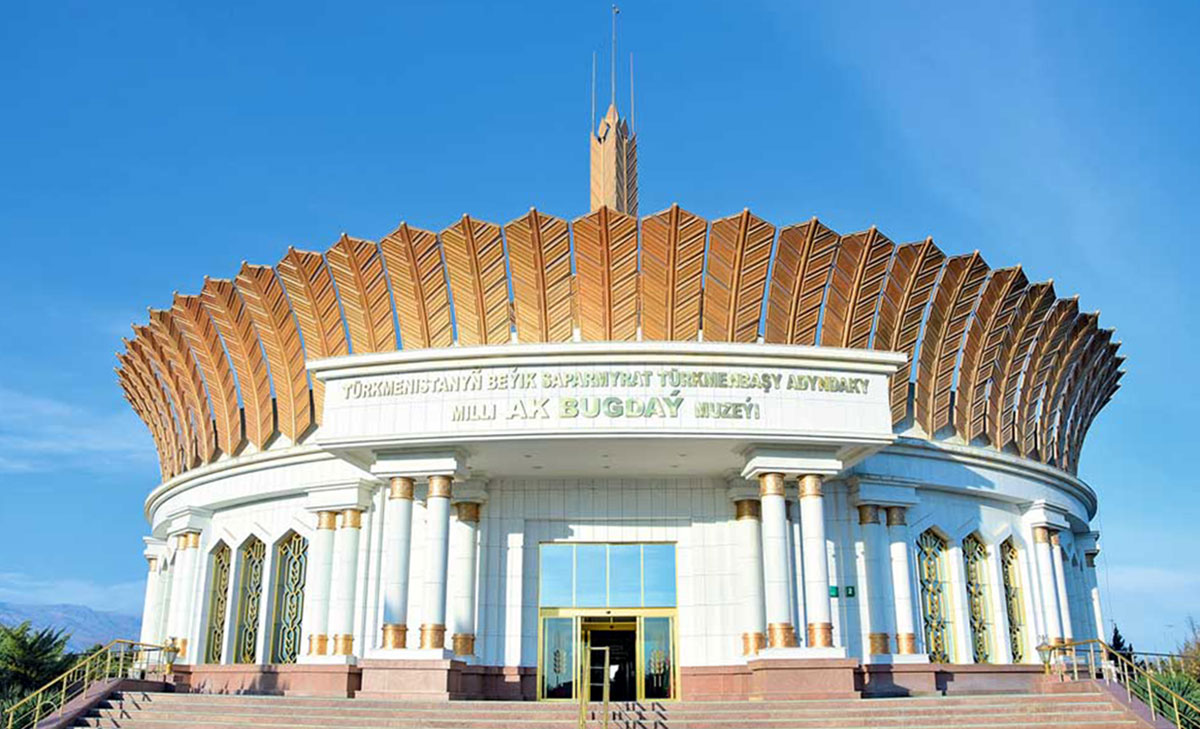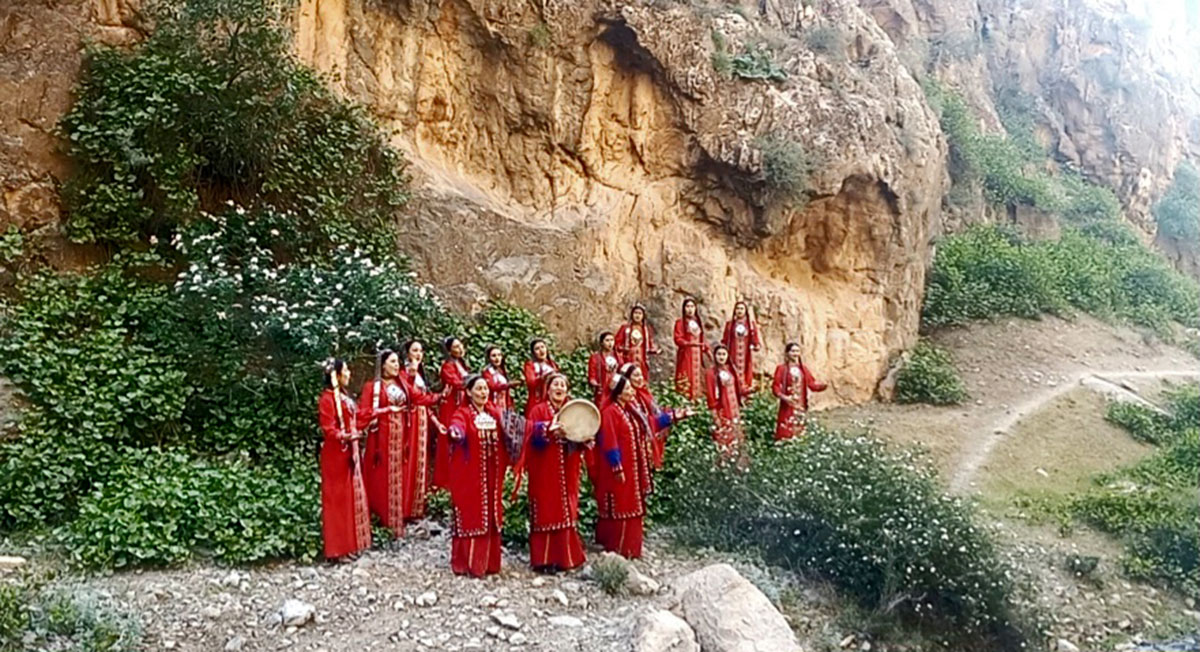The administrative centre of the Ahal velayat is the city of Anev, named the cultural capital of the Turkic world in 2024, is famous for its priceless historical and cultural heritage. And although the first excavations at the site of the ancient settlement, called Bagabat in the Middle Ages, were carried out only at the beginning of the last century, the history of Anev goes back more than seven thousand years.
The discovery of the Anev culture was facilitated by the expedition of the American geologist Raphael Pampelli to Turkmenistan in 1903. While exploring the desert area in the south of the country, he discovered the remains of ancient settlements. Soon, full-scale excavations that began here marked the beginning of a number of unique discoveries.
The historical fortress of Anev, rising on a 10-meter hill, has survived to this day. The diameter of the fortress is about 300 m. Around it are the remains of fortress walls with towers, as well as a fortress moat filled in over several centuries.
Among the unique objects are the ruins of the medieval mosque of Sheih Seyit Jemal ad-Din, built in the mid-15th century. A significant part of it was turned into ruins during the 1948 earthquake. There was information on the mosque about the construction of the building during the reign of Abul-Qasim Babur, the Timurid ruler of Horasan in the period 1447-1457.
Numerous artifacts discovered during excavations carried out in the vicinity of Anev indicate that in ancient times the ancestors of the Turkmens were engaged in hunting, domesticated bulls, sheep, goats, camels and practiced mixed farming. This is confirmed by the grains of white wheat «Ak bugday» found here, dating back to the 6th-5th millennium BC.
The uniqueness of Anev is also that on these land today’s contemporaries can literally touch history.
The National Museum «Ak Bugday» in the city of Anev contains ancient artifacts discovered during the first archaeological excavations of the American expedition. Wheat grains believed to be five thousand years old, pottery and earthenware, bone pipes, handicrafts and much more. These artifacts, as well as their descriptions, allow us to conclude that the Anev civilization was one of the most developed in Central Asia in the ancient period.








